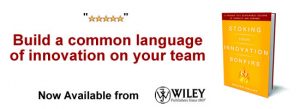Seven myths that might be killing your innovation dream
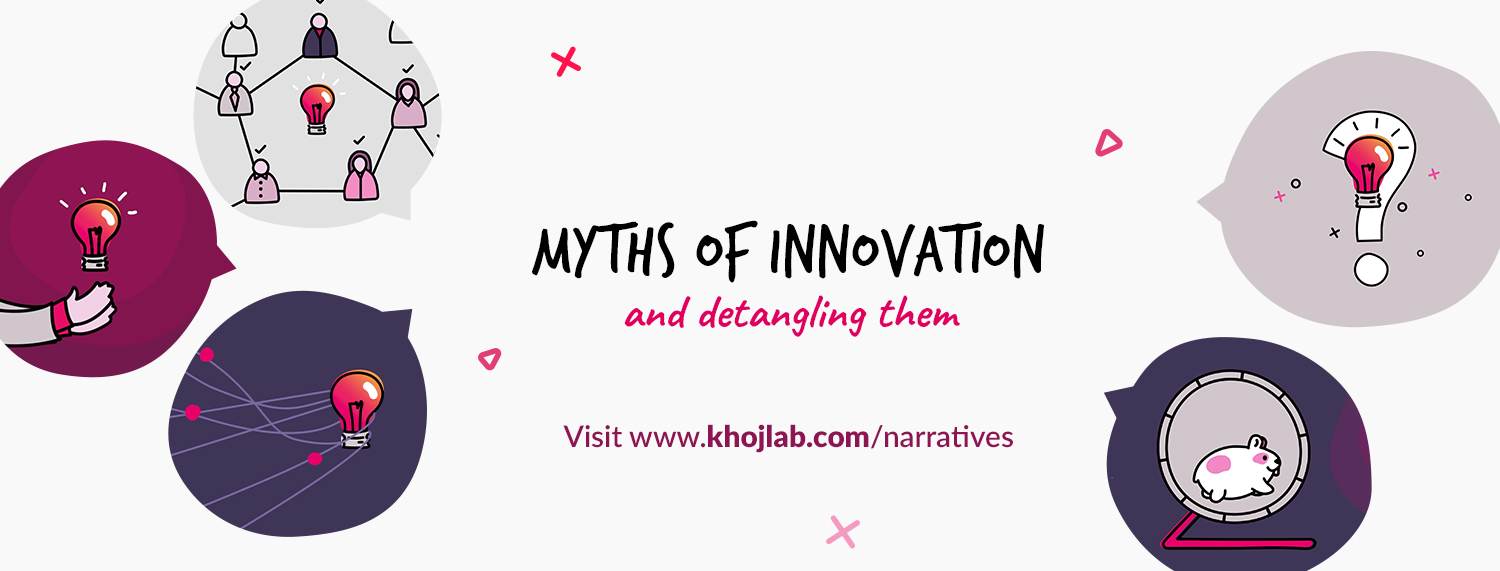
Here are a few stats to put things into perspective.
Based on a KPMG study conducted in 2019, 70% (an increase from 50% in 2018) of the CEOs in India believe that they need to improve their innovation processes over the next three years. Four in five CEOs in India want their employees to feel empowered to innovate without worrying about negative consequences. Although their desire to improve in-house innovation capabilities, innovation is still ranked as one of the biggest challenges today, both in India (54%) and globally (66%). Out of 1.29 million active companies in India, only one, Jio Saavan appeared on the 2019 list of “50 Most Innovative Companiesâ€.
So, what doesn’t add up?
While on exploration, we asked business leaders across the world a series of questions. We asked these leaders what they thought qualified as innovation; what their organizations were doing to support innovation; what actions were taken to scale up; what was slowing them down; and of course, what they were doing to stay ahead of their competition. What we derived were various analogies and definitions of innovation.
______________________________________________
“I don’t have a disease, but I can improve my health. I am not struggling for growth; I am growing very well. I am profitable, but is there an opportunity to do something better? That’s a very different way of looking at innovation.â€
-Sunderraman Gopalan, Chief Growth Officer for Godrej & Boyce
______________________________________________
It started to become apparent that innovation had different meanings to different communities, cultures, and mindsets. – What emerged from our conversations was an understanding of “WHAT IS NOT INNOVATIONâ€.
This insight took the shape of our first narrative – ‘The Myths Of Innovation ~ And Detangling Them’. We created a 6-minute video narrative to present our research to a larger audience. We wanted our narrative to be relatable and digestible no matter what background, organization, or industry the viewer came from.
To learn more about our narrative. Visit www.khojlab.com/narratives.
Behind the Scenes
Read on to learn more about the thinking that went behind each of these myths. We talked to several innovators, designers, and business leaders to inform our narrative and bring to you a fresh new perspective of something that is all too familiar in our workspaces.
From our conversations with global thought-leaders, we were able to frame seven common myths that we believe get in the way of scaling innovation. Each myth is accompanied by a quote from one of our experts with insight into why it is a myth.
#Myth 1, Innovation is that one bright idea!
This is the most common myth! To have a great idea is not enough. The real question is, what problem are you trying to solve with this idea? What new value are you creating? And for whom?
In many cases, it doesn’t even have to be a new idea. It can be an idea that already exists but it needs to adapt, change, and evolve to become truly innovative. More often than not, teams romance the idea as a solution, with little thought about its movement through the organization. It is important to synchronize the idea and manage it with your stakeholders as it evolves.
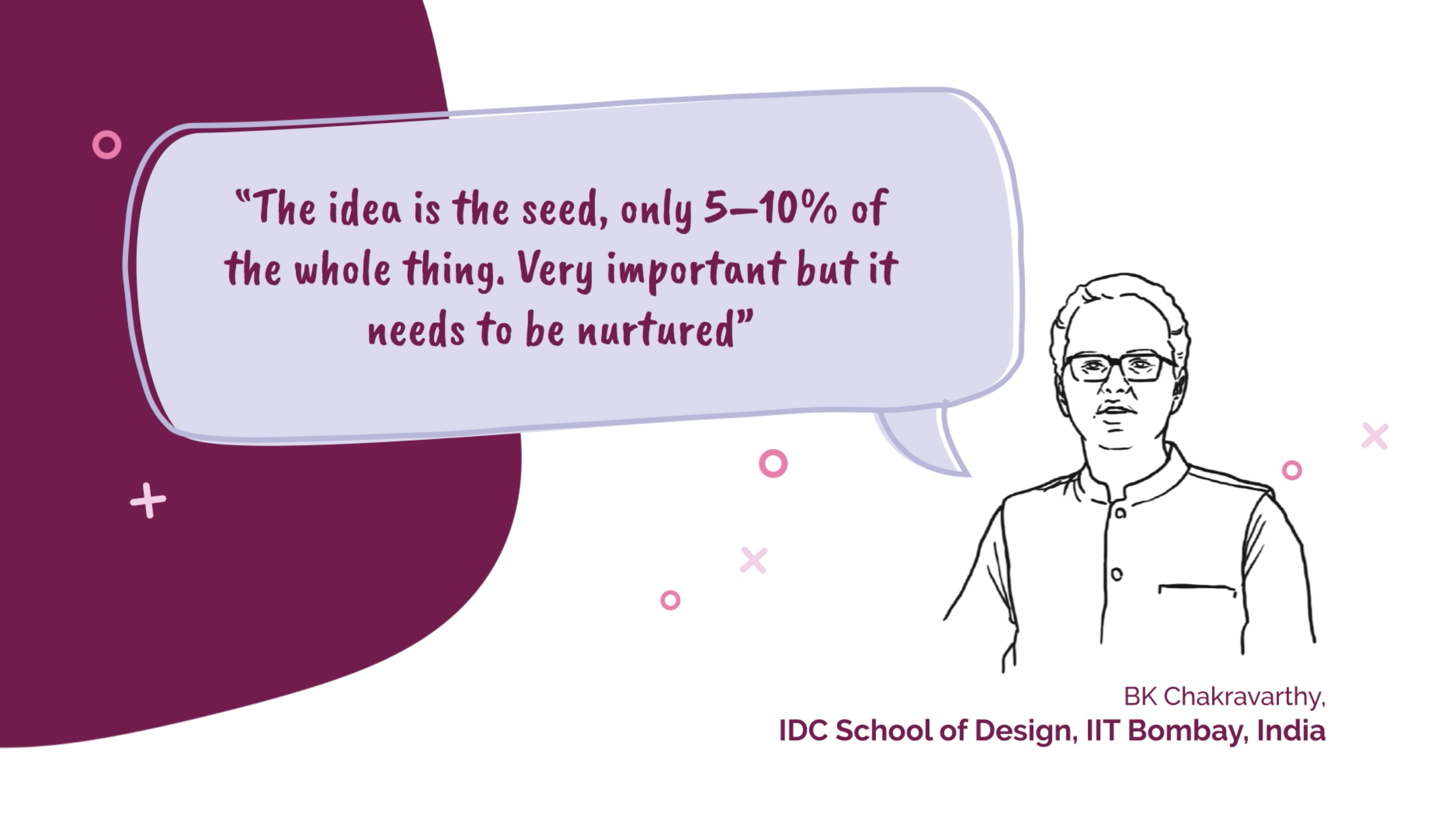
#Myth 2, Innovation is to fight competition!Â
A company like Godrej doesn’t innovate because its competitors are innovating. Godrej understands that unless they innovate, they can NOT sustain growth. The goal of innovation should be to proactively and consistently look for new opportunities and act upon it. Innovation is about keeping pace with the changing times and continuously evaluating the future needs and values of end-users. Beating competition is a by-product of being consistently innovative.
#Myth 3, Digital transformation is innovation!
Most digital transformation projects start with new technology implementation. And often without engaging the end-user. On the other hand, innovation is about experimentation, finding problems, and new ways to solve them. Technology may be an enabler for solving these problems, but it’s not always the starting point or the ONLY solution. Nowadays, many companies bring in service and system-level innovation that has significantly more value than just going digital.
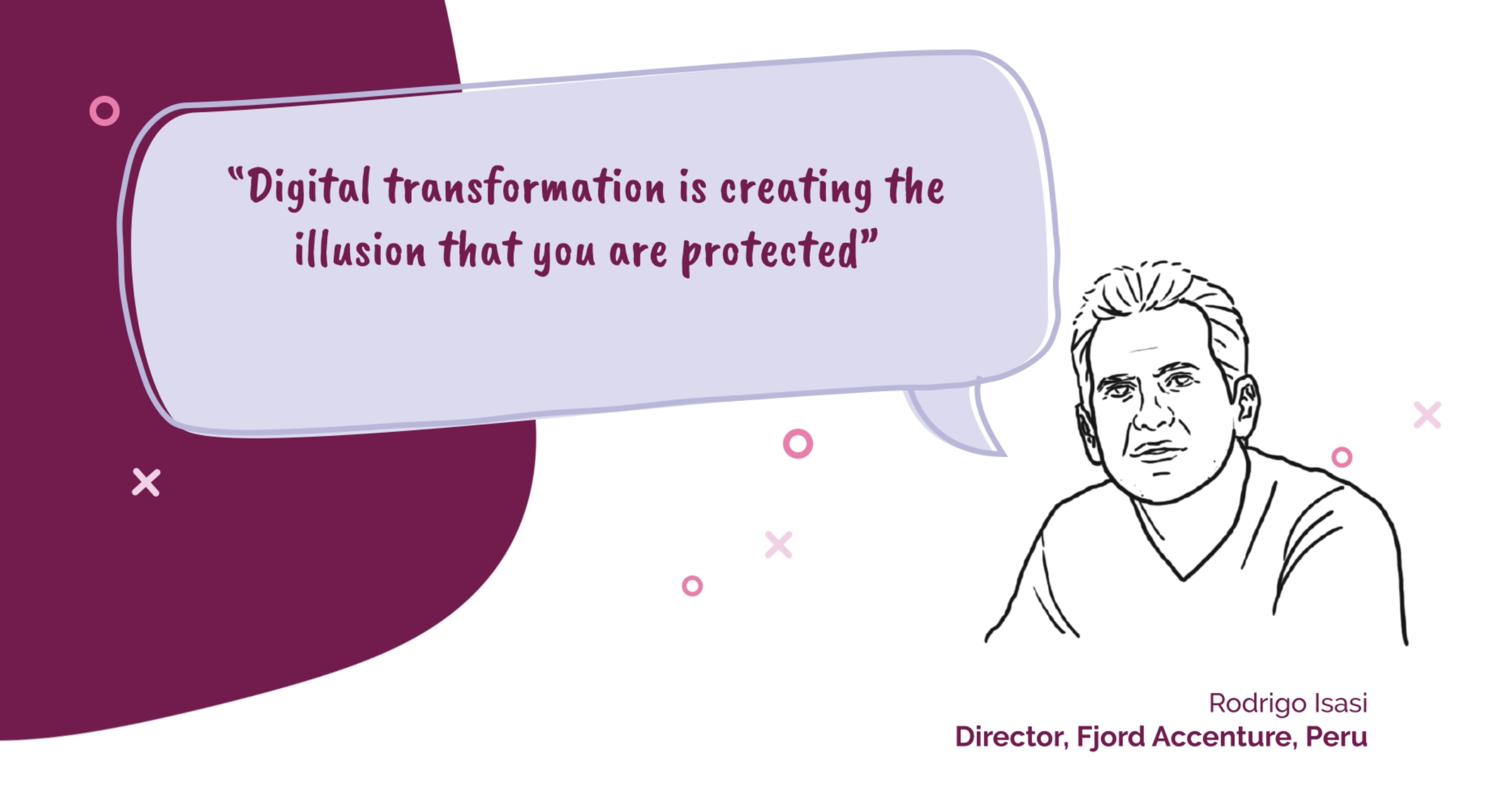
#Myth 4, Innovation is expensive!
and only large companies have the luxury to innovate .
 Innovation can be quick and affordable for companies of all shapes and sizes. A majority of “big†innovations started small and cheap. All it takes is to identify which tasks need to be put on hold while evaluating new tasks.
Look at Pill Pack, for example. In less than five years, they have grown from being non-existent to becoming a unicorn. No one component of Pill Pack’s products and services is new to the industry. However, the real secret has been to appropriately align the “idea system†to a business opportunity. Even a small company can innovate if they ask the right questions. You’ll almost certainly be able to gather steam and make an impact wherever you go!
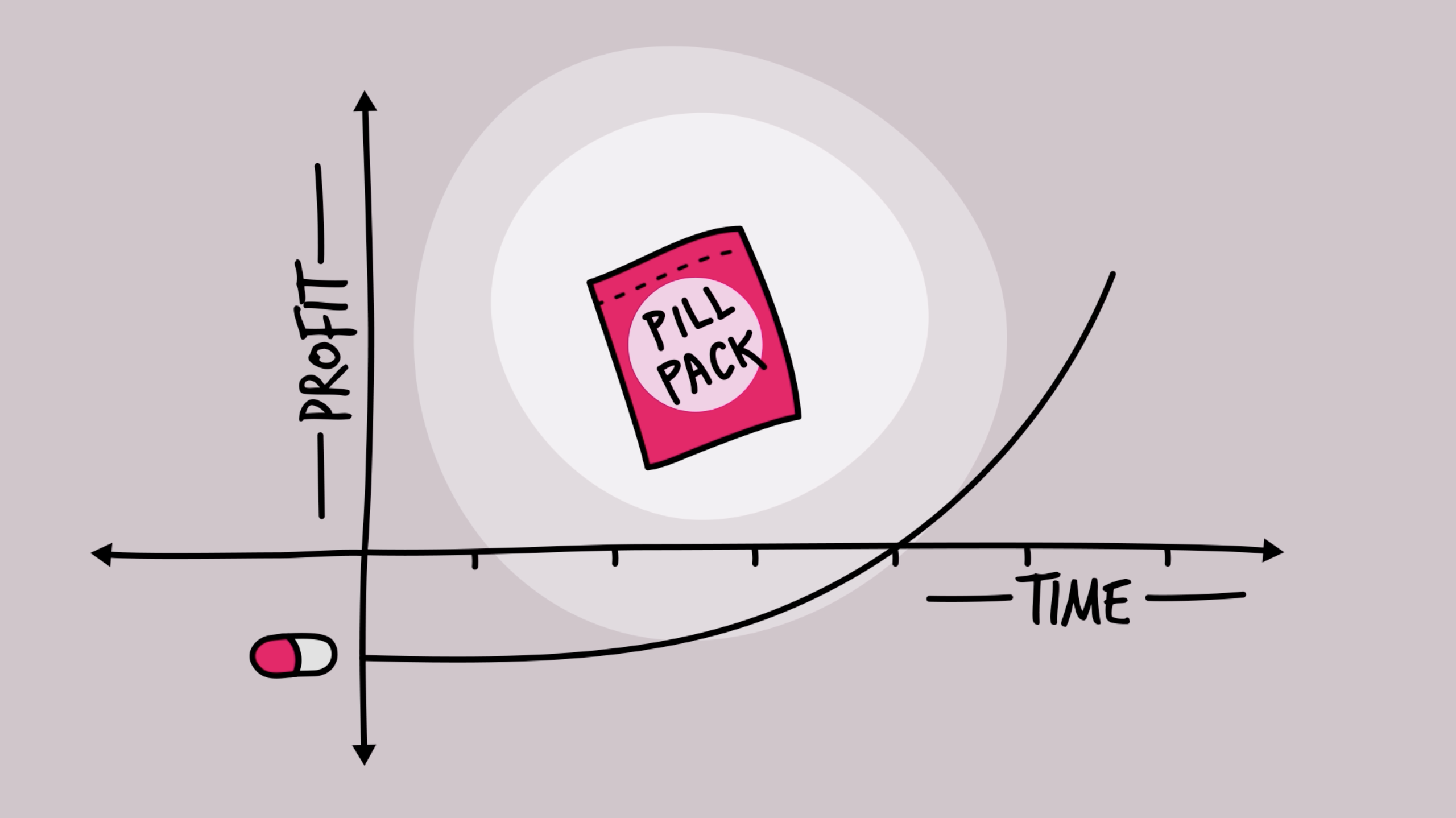
______________________________________________
“All Innovation will not be that spectacular. A new process that cut the time by 25 minutes, to me even that’s a great innovation. Whether this will make me the market leader or not doesn’t matter, we should not expect an immediate and huge impact of innovation.â€
– Asit Rath, CEO at Prudential Myanmar Life Insurance
______________________________________________
#Myth 5, Innovation has immediate return on investment!
The way our business mind thinks is — we set a goal, plan, define the resources, set KPIs, and measure progress. But innovation needs small experiments, and sometimes experiments fail. Leaders are often not comfortable with the idea of ‘ambiguity and failure’, and more importantly, they fear others will perceive them as weak or unsure of their actions. For this, you need to challenge your mindset.
A G Lafley, the CEO of P&G, claims that 80 to 85% of new product launches fail. At P&G, they try to fail early, fail fast, and re-allocate resources from each failure to new experiments. The key is to balance the return from the present with an investment for the future.
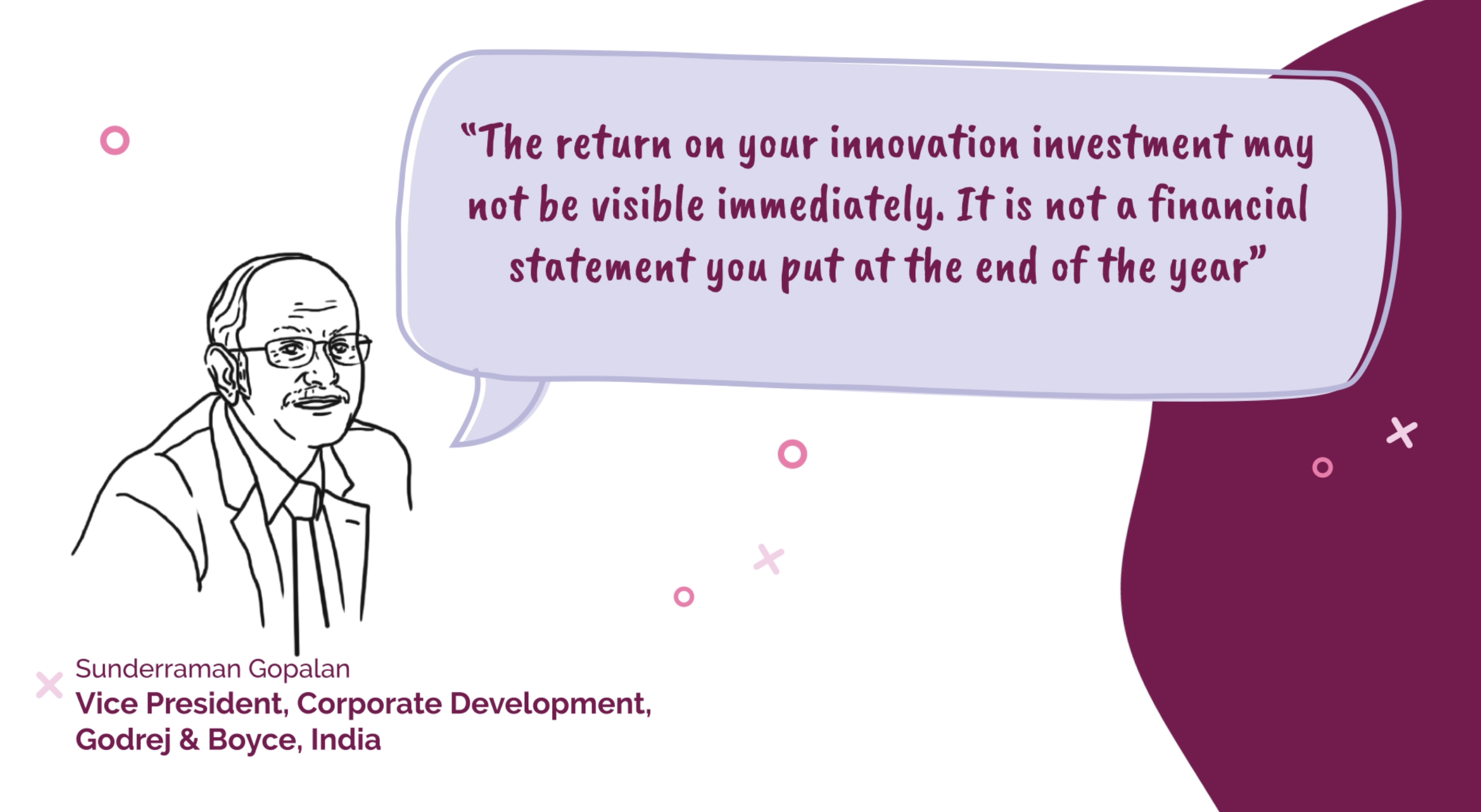
#Myth 6, Innovation is a one-time act!Â
 Disruptions with technological advancements will render previous ideas obsolete. Therefore, all innovations are temporary. Take Amazon, for example, it created a new wholesome product of technology — the  voice-enabled devices were a completely new product line, separate from their core business model. . To succeed, companies need to envision the future, with users’ relevance in perspective.
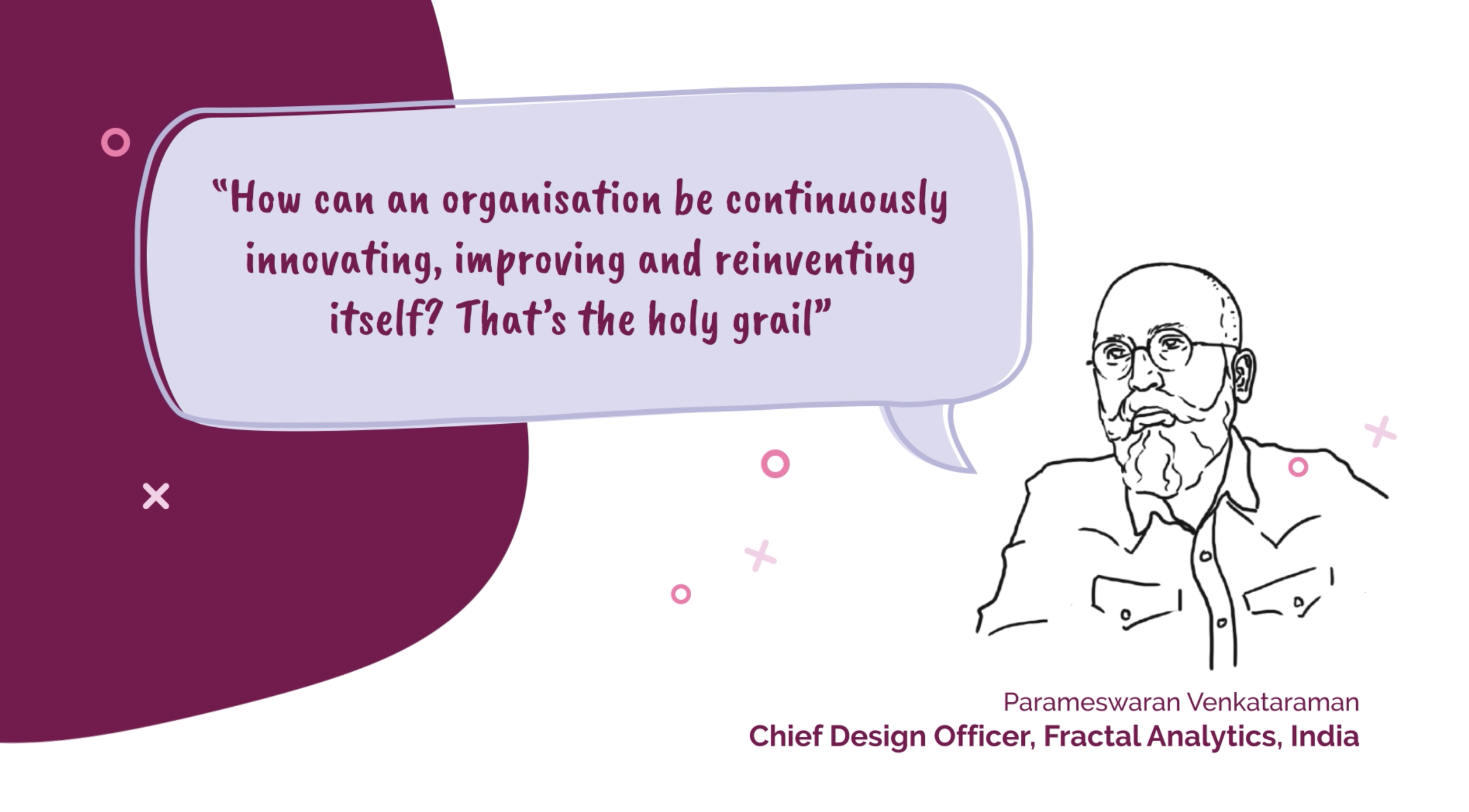
#Myth 7, Innovation is a natural phenomenon!
Legacy companies have lasted close to a hundred years, WHY? Because they pledge to innovate. They do not leave their future to the whims of the business world. Innovation comes through actively plotting schemes – allowing people to come together in a certain way, introducing catalysts for innovation, and setting up leadership role-models. The inability to encourage this sets the tone for multiple setbacks, leaving the organization in a tough position to innovate.
Innovation is about problem-solving and ideas can come from anywhere! It’s all about creating new value for end-users through empathy. That said, innovation comes from securing certain processes and expectations to enable creativity and experimentation for teams to thrive. If you nurture an innovation mindset, innovators will grow out of your own community.
Â
______________________________________________
Â
“Any person can be an orchestrator. The person has to have the ability to see, the ability to look at that as a mindset.“
-Sunderraman Gopalan, Chief Growth Officer for Godrej & Boyce
Â
______________________________________________
Â
The role of an innovation leader is to make sure that all employees feel empowered to come up with original problems to solve and create a culture of creative thinking.
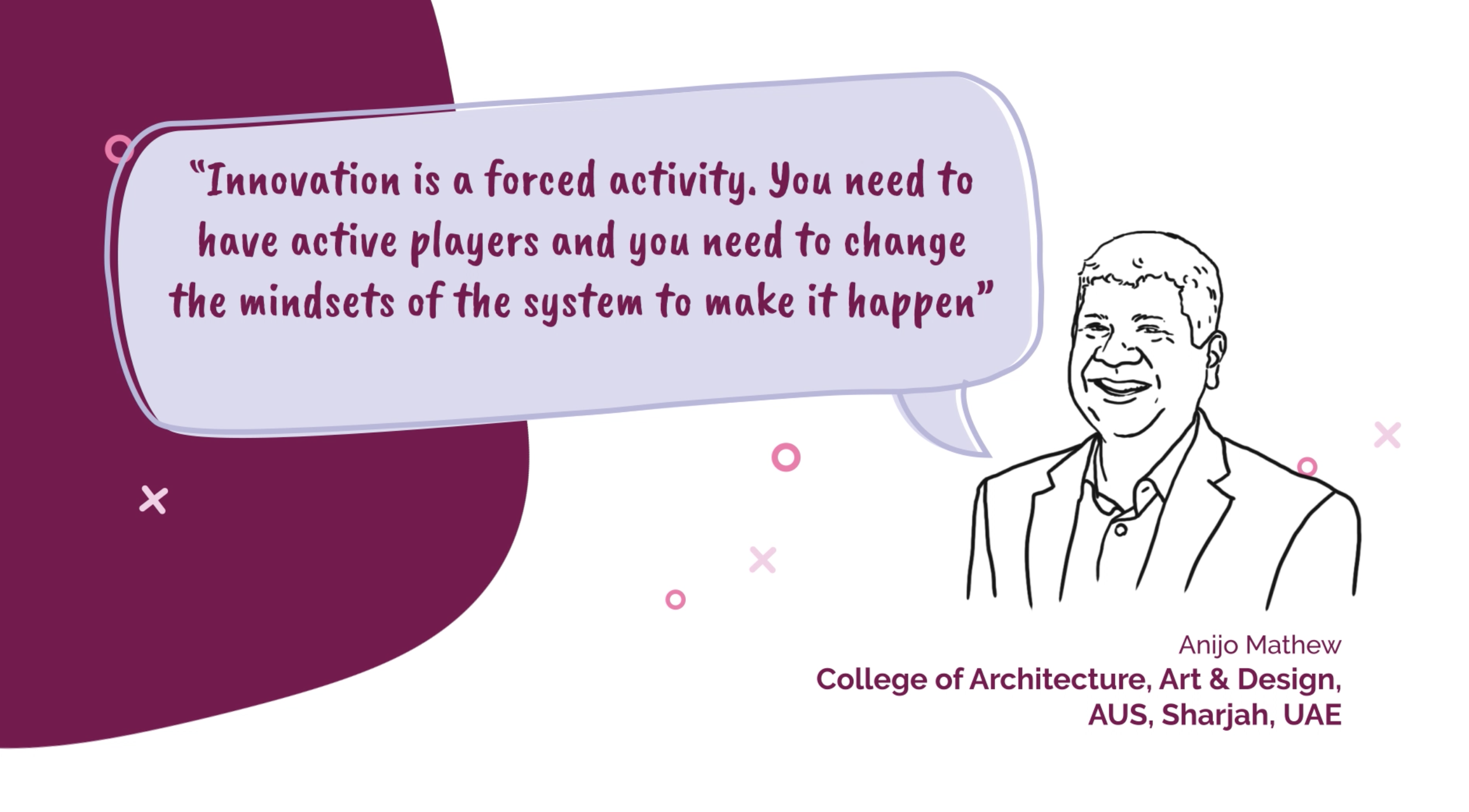
In India, these myths are commonly held beliefs that lead to some significant barriers that hamper the success of large corporations. The Indian mindset is risk-averse which leads to a copycat culture, it romances the past, and takes pride in “Jugaad”. All of these present challenges to embracing new ways of doing business.
To foster innovation, we need to normalize a culture of failing fast and failing often.
- Companies should step away from the one-time “act of innovation” to yield immediate ROI.
- Employees must be encouraged to learn from past failures and encouraged to not be fearful while innovating.
- Stakeholders must rethink their metrics and KPIs to institutionalize “innovation”.
We need to invest in and empower people who can uniquely identify problems to solve, to invent, and to add new value to their customers. We foresee a future where each Indian business leader calls upon a change in mindset at an individual level to promote a healthy culture of innovation.
______________________________________________
Not everyone needs to innovate, but with the right tools & processes ‘anyone’ can innovate!Â
______________________________________________
A special thanks to the people who we interviewed to create this content in this article: Jim Long, Sunderraman Gopalan, Parameswaran Venkataraman, Aparna Piramal Raje, Asit Rath, Rodrigo Isasi, Priyanka Agrawal, BK Chakravarthy, Udaya Kumar, Anijo Mathew. To learn more about our narrative. Visit www.khojlab.com/narratives.Â
NEVER MISS ANOTHER NEWSLETTER!
LATEST BLOGS
Devil in the Details – Strategic Innovation
There is more talk about strategic innovation every day. As more and more industries enter their commodity phase, companies are…
Read MoreWhy Municipal WiFi is a Bad Idea
I saw a headline today in USA Today about Municipal WiFi and how many cities are pulling the plug on…
Read More

